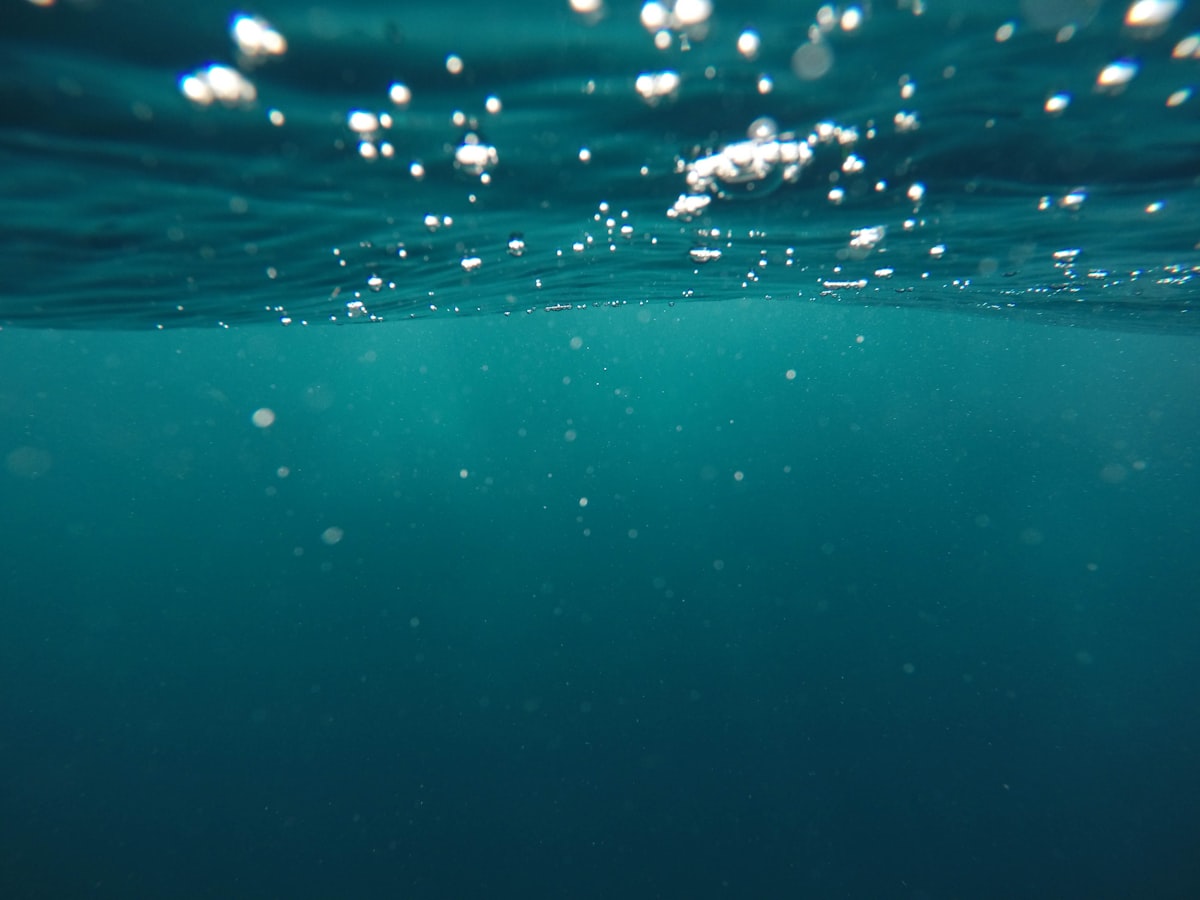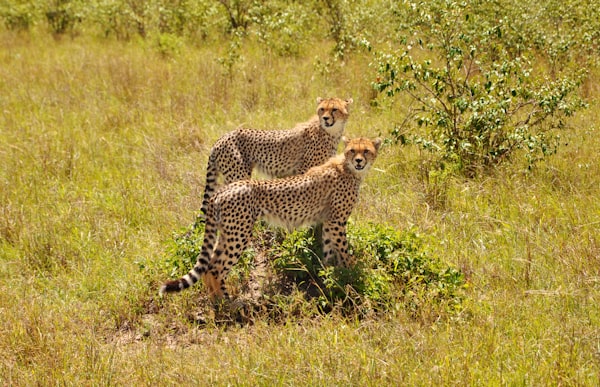The Water Cycle

The water we drink right now is approximately as old as when the world was created. The way this is possible is because it is recycled through the water cycle. This cycle explains how water moves between the Earth’s surface and the atmosphere.
This movement occurs by different processes:
- Water moves into the atmosphere from all the water bodies through evaporation. When water changes from liquid to vapor (a gas) evaporation takes place.
- Water also leaves the earth by evaporation of water from plants in a process called transpiration, similar to how we sweat. Both of these processes are caused by the sun’s energy.
- Water turns into clouds by the process of condensation. During this process, water changes from water vapor to liquid water.
- Water goes back to the Earth’s surface by precipitation. This process is caused by gravity. Out of the water that reaches land, some of it goes downhill as runoffs into water bodies and some soaks into the ground to become groundwater or into underground bodies of water.





